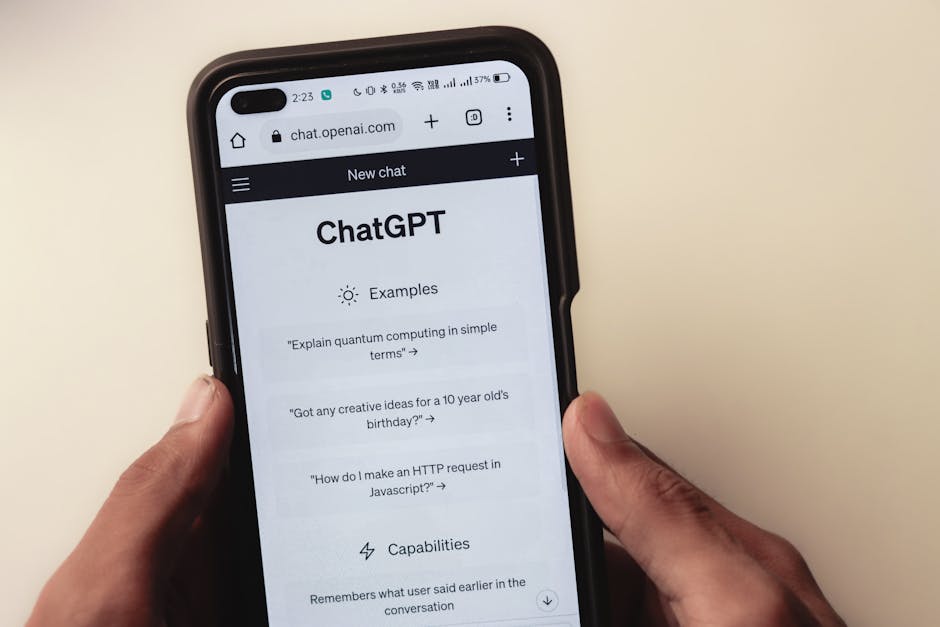Web Accessibility: A Business Imperative Today
Did you know that over 1 billion people worldwide live with some form of disability? that’s a significant part of your potential customer base. Making your website accessible to everyone isn’t just a nice thing to do; it’s a business necessity.
What is Web Accessibility?

Web accessibility means designing your website so that all people, including those with disabilities, can use it effectively. Think about it: when a person has a vision impairment, they might use screen readers to navigate a site. If your website isn’t designed with this in mind, they may miss out on your products or services.
In simple terms, web accessibility ensures that everyone can enjoy the webjust like you do. it’s about removing barriers and creating equal access.
Why is Web Accessibility Important for Your Business?

Making your website accessible isn’t just good ethics; it makes good business sense. Heres why:
- Increase Your Audience: By improving accessibility, you can reach a larger audience. More potential customers mean more sales.
- Legal Compliance: Many countries have laws requiring web accessibility. Non-compliance can lead to lawsuits and fines.
- Enhanced User Experience: An accessible website is easier for everyone to use, leading to happier customers and more conversions.
- Improve SEO: Many accessibility features overlap with SEO best practices. This means a better ranking on search engines.
What Are the Key Principles of Web Accessibility?

Understanding the basic principles of web accessibility can help you improve your website. Here are the four main principles, often referred to as PERCEIVE:
- Perceivable: Users must be able to perceive content. This means text should be readable and images should have alt text.
- Operable: Users must be able to navigate and use the interface. This involves ensuring keyboard accessibility and clear navigation.
- Understandable: Information should be clear and easy to understand. Use simple language and provide instructions.
- Robust: The website should work with a variety of tools, including assistive technologies.
How Can You Make Your Website More Accessible?

Ready to make your website more accessible? Here are some practical steps you can take:
- Add Alt Text to Images: Always include descriptions for images. This helps screen readers convey what the images represent.
- Use Headings Properly: Structure your content well with headings. This makes it easier for everyone to navigate.
- Ensure Color Contrast: Use colors that provide good contrast. This helps users with visual impairments read your text easily.
- Design for Keyboard Navigation: Make sure users can navigate your site without a mouse. This is essential for many users with disabilities.
- Test Your Site Regularly: Conduct accessibility audits to identify and fix issues. Tools like WAVE or Axe can be very helpful.
What Are Common Misconceptions About Web Accessibility?
There are several myths surrounding web accessibility. Lets debunk a few:
- Myth 1: Accessibility is only for people with disabilities. Truth: Accessible websites benefit everyone, including older adults and users with temporary impairments.
- Myth 2: Making a site accessible is too expensive. Truth: The cost of implementing accessibility features is often less than the cost of potential lawsuits and lost customers.
- Myth 3: Accessibility is a one-time project. Truth: Accessibility is an ongoing process that requires regular updates and assessments.
Are There Any Legal Requirements for Web Accessibility?
Yes, there are legal requirements! Many countries have laws that mandate web accessibility. For example, in the U.S., the Americans with Disabilities Act (ADA) requires that businesses provide equal access to their services, which includes digital access.
Failure to comply with these laws can result in lawsuits or fines. A proactive approach to web accessibility can help you avoid these issues while also benefiting your customer base.
What Are the Benefits of Accessible Websites?
Investing in web accessibility has many benefits beyond compliance:
- Better User Experience: An accessible website is user-friendly for everyone, improving overall satisfaction.
- Increased Customer Loyalty: Customers appreciate businesses that show inclusivity. This can lead to repeat business.
- Positive Brand Image: Companies known for their commitment to accessibility enhance their reputation.
Can You Measure Accessibility?
Absolutely! Several tools and methods can help you assess your website’s accessibility:
- Automated Testing Tools: Tools like WAVE, Axe, or Lighthouse can identify issues quickly.
- User Testing: Getting real feedback from users with disabilities can provide invaluable insights.
- Accessibility Guidelines: Familiarize yourself with the Web Content Accessibility Guidelines (WCAG) to check compliance.
What Are Actionable Takeaways for Businesses?
1. Start with small changes. Add alt text and ensure your site is navigable via keyboard.
2. Regularly review your website for accessibility issues. Use both automated tools and user feedback.
3. Educate your team on the importance of accessibility. Make it a core part of your web strategy.
4. Consider consulting with an accessibility expert. They can provide guidance tailored to your specific needs.
Conclusion: Accessibility is For Everyone
In todays digital world, web accessibility is no longer optional. it’s a business imperative. By taking steps to make your website more accessible, you not only comply with the law but also open your doors to a wider audience.
Remember, web accessibility is about creating an inclusive experience for everyone. As you make changes, think about how they will benefit all users, not just those with disabilities.
Ready to make your website accessible? Start today and enjoy the benefits that come with it!
For more information on web accessibility, check out the W3C Web Accessibility Guidelines.



